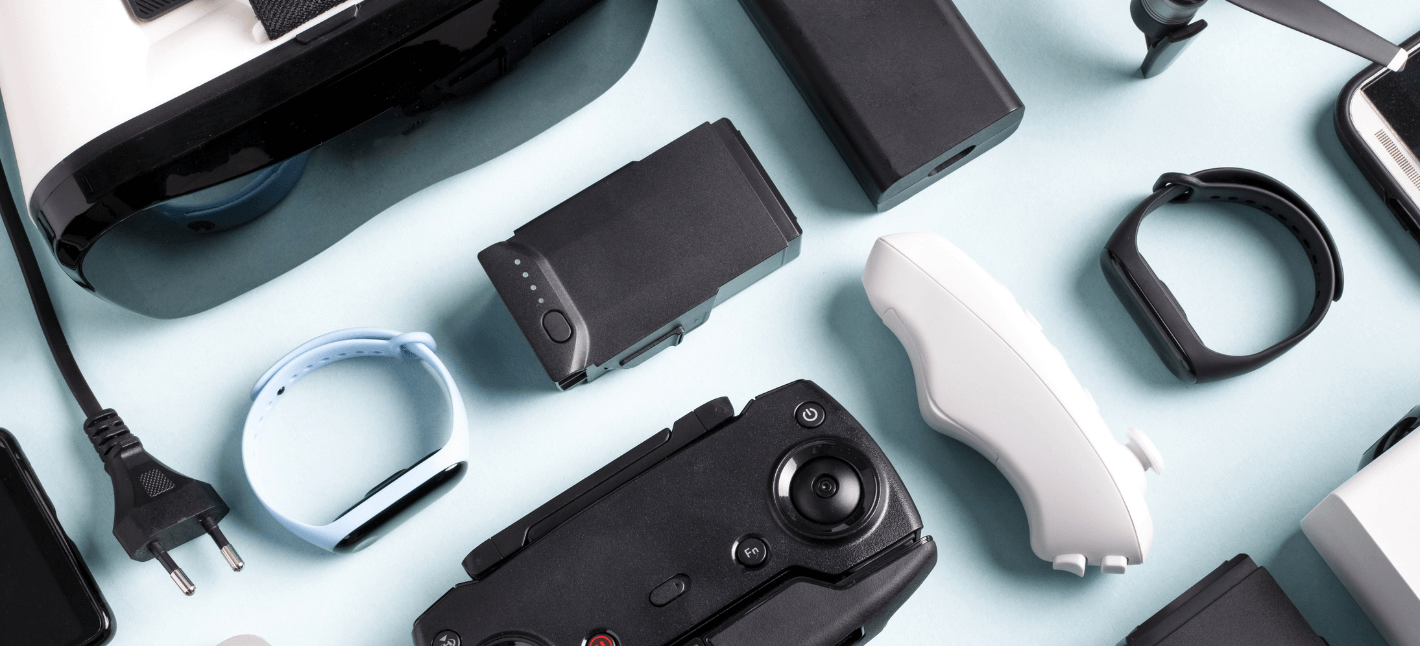You may have heard of the term M2M connection. But what does it mean?
An M2M connection, simply put, is a connection between two machines that are entirely devoid of human interaction. In other words, it allows two devices to communicate autonomously.
Here you’ll find everything you need to know about M2M connections.
Exploring the Impact of M2M Connectivity in the Digital Age
In the digital age, the impact of M2M connectivity, or Machine-to-Machine connectivity, is nothing short of revolutionary. M2M technology enables seamless communication and data exchange between devices and systems, forming the backbone of the Internet of Things (IoT). With M2M, devices can autonomously collect and transmit data, facilitating real-time decision-making and improving operational efficiency across various industries. From smart manufacturing processes to intelligent logistics and healthcare solutions, the transformative potential of M2M connectivity is boundless. As we navigate this era of connectivity and automation, understanding and harnessing the power of M2M is paramount for businesses aiming to thrive in the digital landscape.
What is an M2M Connection?
M2M stands for “Machine to Machine.” It’s a term that describes any such technology that allows networked devices to communicate without human intervention. In other words, communication is done from one machine to another.
M2M Technology enables devices on a network to make autonomous decisions without requiring manual actions. Although widely used in manufacturing, it’s also used in other sectors. Common applications include healthcare, insurance, and the Internet of Things (IoT).
When used in the manufacturing industry, it’s generally paired with other technologies like SCADA. An example of an M2M connection in other sectors is a vending machine. It automatically sends out information about its inventory to dispatchers. Another typical example is an ATM, which sends information when it’s low on cash to the authorities on its own.
How Does an M2M Connection Work?
M2M connections may seem complicated, but they work on a simple principle. They take automated sensor data and transfer it over a public access network. Unlike SCADA, M2M connections use public networks like cellular or Ethernet. This is what makes M2M connections so cost-effective.
A typical M2M system consists of multiple sensors, an RFID, Wi-Fi, or cellular communications link. The sensors communicate certain key conditions to the computer. For instance, in an ATM, a sensor that detects the level of money will send a signal when the money is low.
M2M systems also usually contain autonomic computing software. The software is designed so that it helps the network interpret the data it’s receiving and act accordingly.
Where Are M2M Connections Used?
M2M connections are all around us. Here are a few typical examples of applications and industries benefitting from M2M :
Vending Machines:
A sensor detects when a specific product is running low in a vending machine. This information is transmitted through the Wi-Fi or a cellular network to the dispatcher’s computer. This process is entirely automated.
Telemedicine:
In the field of telemedicine, an M2M connection can employ sensors to monitor a patient’s vital information. This information can then be transferred over to either a local machine that dispatches medicine or a doctor abroad.
Smart Home Systems:
Perhaps no other sector uses M2M connections more than smart home systems. There are numerous examples of this. The key takeaway is that it allows certain sensors to connect with other devices to automate your home.
Key features of an M2M connection
Here are the key features of a typical M2M connection:
- Very low power consumption. This is done to prevent unnecessary power loss.
- It allows you to monitor events via its monitoring abilities.
- Enables the machine to send and receive data at specified time intervals.
- Geo-specific alerts that wake up specific devices when they enter pre-defined areas.
- A network operator may be present to provide packet-switching services.
- Data transfers may be delayed, meaning an M2M connection has time tolerance.
- M2M connections are known for having the ability to receive and send small packets of data continuously.
What Is the difference between M2M and IoT?
M2M sounds a lot like the Internet of Things (IoT). So what is the difference, if there is any?
While both terms are used to label inter-machine communication technologies, they are not the same.
M2M refers to the communication between two machines and two machines only. It allows one device to communicate with another. However, it does not refer to a more complex network of interconnected devices.
On the other hand, IoT refers to a technology that allows multiple devices to be connected and operated autonomously. While M2M communication uses point-to-point communication, IoT takes an IP-based approach.
Moreover, M2M connections are made between entire machines, whereas IoT networks can work on mere sensors. Additionally, IoT devices mostly use cloud services to facilitate connections.
How many M2M connections are there?
According to research published by Statista, the leading global provider of market and consumer data, there were 8.9 billion machine to machine (M2M) connections globally in 2020. The same source says by the end of 2023 there will be 14.7 billion M2M connections worldwide.
What communication protocol is used in M2M Connections?
The most commonly used IoT/M2M connection protocols are MQTT, OMA LWM2M, and CoAP. These protocols target devices that run on low power to operate long.
M2M SIM card for my business case
M2M connections may sound complex, but they’re easy to understand once you get the hang of them. Hopefully, by now, you will have a basic idea of what M2M systems are and how they differ from other similar technologies. To conclude, M2M connections allow two machines to communicate without human intervention.
Transforming Business Operations with M2M
In today’s interconnected world, M2M connections, or Machine-to-Machine connections, are at the heart of the digital transformation sweeping across industries. These seamless, automated communications between devices and systems enable real-time data exchange and drive efficiency, making them essential for IoT deployments. M2M connections empower businesses to streamline operations, enhance decision-making, and unlock new possibilities across various sectors, from manufacturing and logistics to healthcare and smart cities. Embracing the potential of M2M technology is the key to staying competitive and harnessing the full capabilities of the Internet of Things.
Your form entry has been saved and a unique link has been created which you can access to resume this form.
Enter your email address to receive the link via email. Alternatively, you can copy and save the link below.
Please note, this link should not be shared and will expire in 30 days, afterwards your form entry will be deleted.




